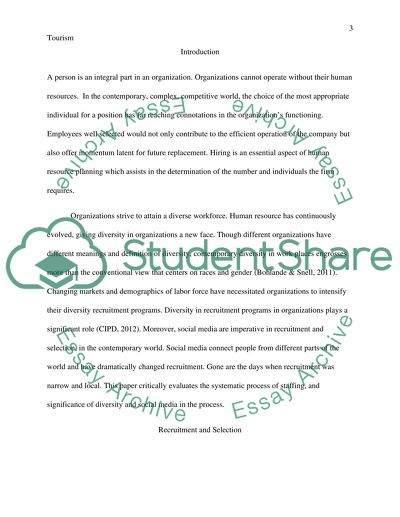Cite this document
(“Assessment of Systematic Process of Recruitment and Selection Term Paper”, n.d.)
Assessment of Systematic Process of Recruitment and Selection Term Paper. Retrieved from https://studentshare.org/tourism/1456950-write-an-assessment-on-the-critical-evaluation-of
Assessment of Systematic Process of Recruitment and Selection Term Paper. Retrieved from https://studentshare.org/tourism/1456950-write-an-assessment-on-the-critical-evaluation-of
(Assessment of Systematic Process of Recruitment and Selection Term Paper)
Assessment of Systematic Process of Recruitment and Selection Term Paper. https://studentshare.org/tourism/1456950-write-an-assessment-on-the-critical-evaluation-of.
Assessment of Systematic Process of Recruitment and Selection Term Paper. https://studentshare.org/tourism/1456950-write-an-assessment-on-the-critical-evaluation-of.
“Assessment of Systematic Process of Recruitment and Selection Term Paper”, n.d. https://studentshare.org/tourism/1456950-write-an-assessment-on-the-critical-evaluation-of.


